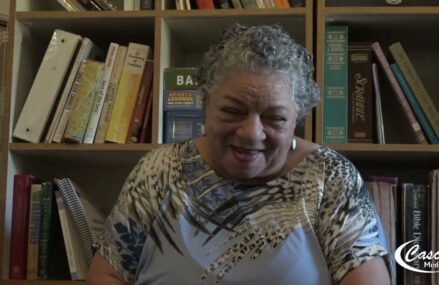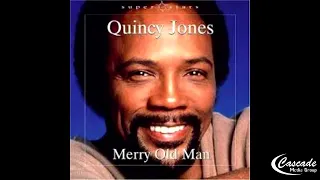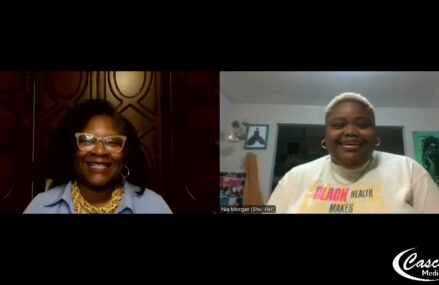
Possibly the first novel written by a black woman slave, this work is both a historically important literary event and a gripping autobiographical story in its own right.
Few events are more thrilling than the discovery of a buried treasure. Some years ago, when scholar Henry Louis Gates Jr. was leafing through an auction catalog, he noticed a listing for an unpublished, clothbound manuscript thought to date from the 1850s: “The Bondwoman’s Narrative, by Hannah Crafts, a Fugitive Slave, Recently Escaped from North Carolina.” Gates realized that, if genuine, this would be the first novel known to have been written by a black woman in America, as well as the only one by a fugitive slave. He bought the manuscript (there was no competing bid) and began the exhilarating task of confirming the racial identity of the author and the approximate date of composition (circa 1855-59). Gates’s excited descriptions of his detective work in the introduction to The Bondwoman’s Narrative will make you want to find promising old manuscripts of your own. He also proposes a couple candidates for authorship, assuming that Hannah Crafts was the real or assumed name of the author, and not solely a pen name.
If Gates is right (his introduction and appendix should convince just about everyone), The Bondwoman’s Narrative is a tremendous discovery. But is it a lost masterpiece? No. The novel draws so heavily on the conventions of mid-19th-century fiction–by turns religious, gothic, and sentimental–that it does not have much flavor of its own. The beginning of chapter 13 is a close paraphrase (virtually a cribbing) of the opening of Dickens’s Bleak House. This borrowing seems to have escaped Gates, although he does quote the assessment of one scholar, the librarian Dorothy Porter Wesley, who had owned the manuscript before he acquired it, that “the best of the writer’s mind was religious and emotional and in her handling of plot the long arm of coincidence is nowhere spared.” Although not a striking literary contribution, The Bondwoman’s Narrative is well worth reading on historical grounds, especially since it was never published. As Gates argues, these pages provide our first “unedited, unaffected, unglossed, unaided” glimpse into the mind of a fugitive slave. –Regina Marler –This text refers to an out of print or unavailable edition of this title.
From Publishers Weekly
HNothing intrigues quite the way an old manuscript does: there’s the story told in its pages, but there’s also the story of the pages. In this volume’s lively, provocative introduction, Gates, Harvard chair of African-American studies, describes his discovery of a handwritten manuscript from the collection of Dorothy Porter Wesley, the famous Howard University librarian, in an auction. Identified in the auction catalogue as a “fictionalized biography… of the early life and escape of one Hannah Crafts,” the manuscript, Gates thought, might be the “first novel written by a woman who had been a slave.” After purchasing it, he undertook the painstaking work of authenticating it and determining its author. Though Dr. Joe Nickell (the sleuth who proved the Jack the Ripper diaries fraudulent) firmly limits the manuscript’s composition to 1853 to 1861 and Gates locates a few candidates for authorship, the historical Hannah Crafts remains elusive. Whoever Hannah Crafts was–and about that there is sure to be some discussion–she was a talented storyteller. Though Crafts appears self-taught and borrows from many sources–influences include other slave narratives, 19th-century sentimental and gothic novels and, as Gates noted in a letter to the New Yorker, Charles Dickens–she propels her story along, vividly describing the heroes and villains she entangles in her multiple plots. A mulatto, Hannah grows up a house slave in Virginia, learning to read in secret. When her master at last marries, Hannah becomes a maid to the new mistress, a woman who seems haunted. In fact, she is hunted: someone who holds proof that her mother is a slave is blackmailing her. Knowing her mistress will be sold if exposed, Hannah encourages her to flee, and flees with her. Thus begins Hannah’s journey, as she passes through the hands of prison guard, slave trader, benevolent caretaker, mean and petty masters and finally to freedom. The style is sentimental and effusive, but it is also winning. Crafts’s portrayal of the Wheelers–a small-minded but ambitious couple who prefer to “live at the public expense”–is incisive and utterly familiar. Though Gates chose to touch up Crafts’s punctuation, he left her spelling as is and included her revisions, which were remarkably few. Crafts clearly understood the needs of her narrative and the conventions of the 19th-century novel in a way that many first novelists (of any century) don’t. While scholars will have to decide whether this is “the unadulterated `voice’ of the fugitive slave herself,” lay readers can simply enjoy Crafts’s remarkable story and Gates’s own story of discovering her.
Copyright 2002 Cahners Business Information, Inc. –This text refers to an out of print or unavailable edition of this title.



